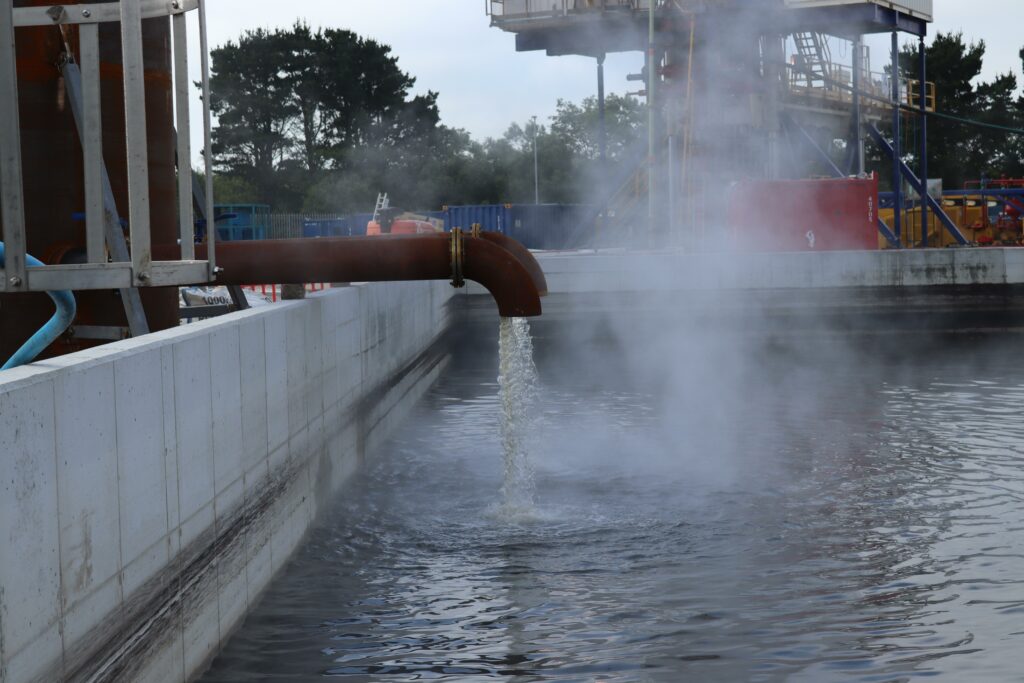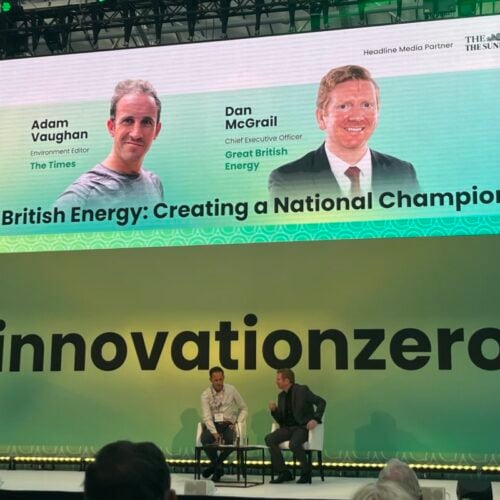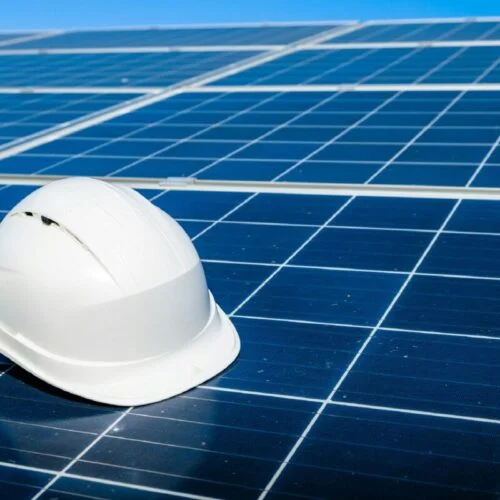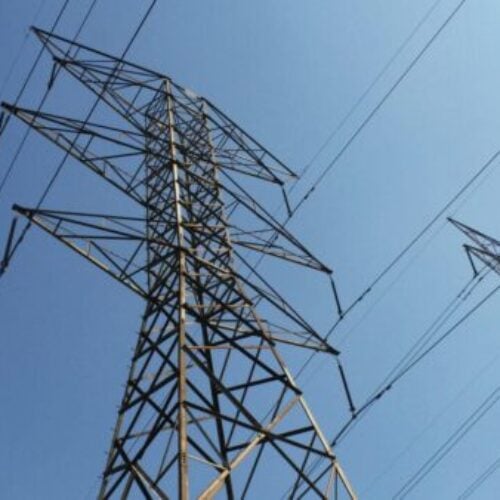Geothermal Engineering Ltd (GEL) has announced plans for four 5MWe geothermal power plants in Cornwall.
The rollout follows the company building a proof of concept power plant on the United Downs Industrial Estate in Cornwall, which is now producing what it says is the UK’s first geothermal steam.
It is using 175°C water, extracted from a record-breaking 5.1km underground that will be used to deliver approximately 3MWe to the National Grid. GEL says it is on track to deliver its first electricity from the site in 2022.
For the 20MWe of new capacity, the company has now signed Heads of Terms for the four sites. As well as the electricity produced, each will also produce 20MW of heat energy for the local area.
The United Downs site – developed by GEL and Thrive Renewables – is set to produce 10MW of heat for a large housing development planned at Langarth. Additionally, the Cornwall Geothermal Distillery Company is working on getting approval to use 2.5MW of hot water produced by the plant.
In January, Ecotricity signed a Power Purchase Agreement with GEL for the electricity produced at the United Downs site, in what it hailed as a UK first.
It is an “incredibly exciting” time for deep geothermal energy, as the UK begins to “tap into this huge renewable power resource,” said Ryan Law, managing director of GEL.
“We have proved the technology works at United Downs, we have progressive funding in place, and we now have four additional sites, which our experienced team is ready to start work on. Over the next 20 years, our target is to produce in excess of 500MW of power from geothermal resources making this one of the most significant and reliable baseload power sources in the UK.”
A recent report from Good Energy and the Energy Systems Catapult suggested that collectively geothermal together with wave and tidal could provide 24GW of renewable power by 2050, and called on the government to ringfence capacity for it.
Each of GEL’s new sites will require two deep wells to be drilled into the granitic rock to reach upwards of 4.5km. Water at these depths is expected to be approximately 180°C, and the steam produced from it will be fed through a heat exchanger at the surface, before the water is then re-injected into the ground to reheat creating a continuous cycle.
The extracted heat can be converted into electricity, offering National Grid a continuous source of renewable energy.






